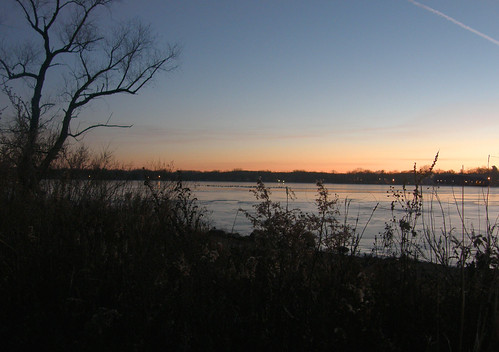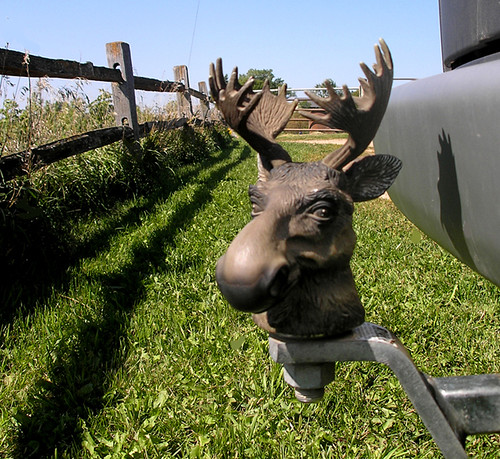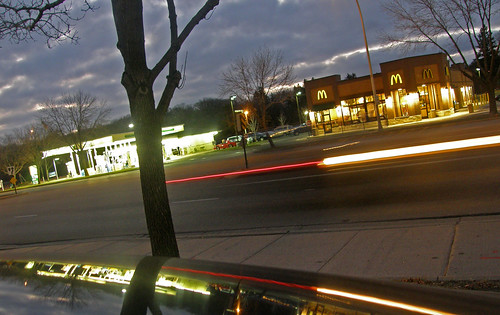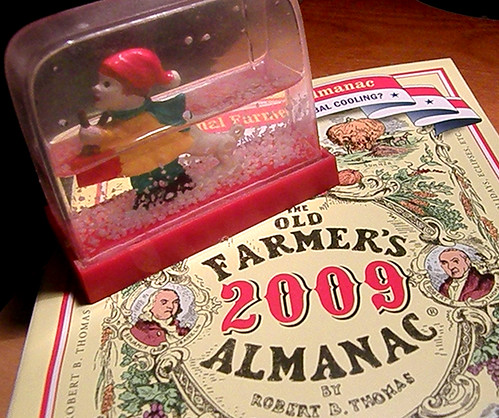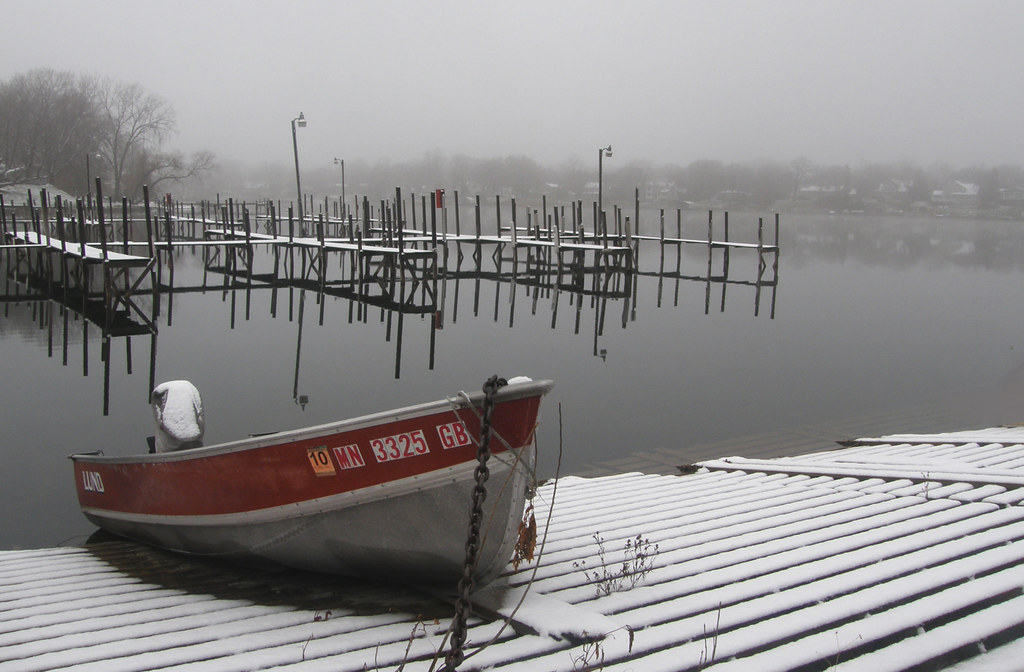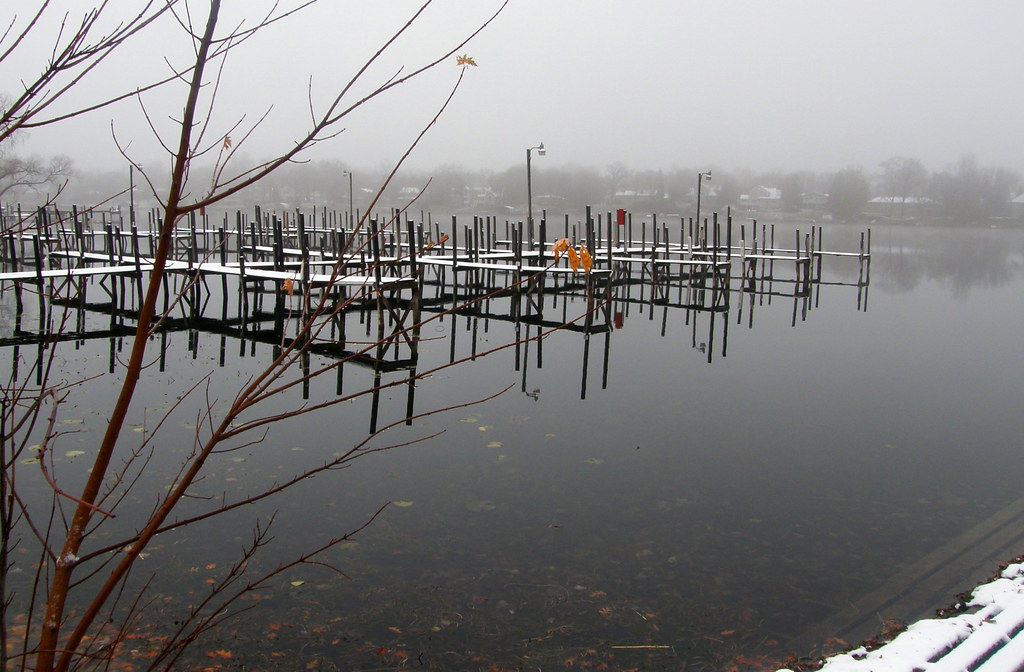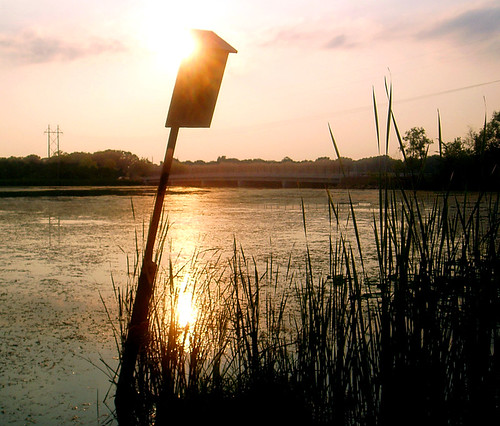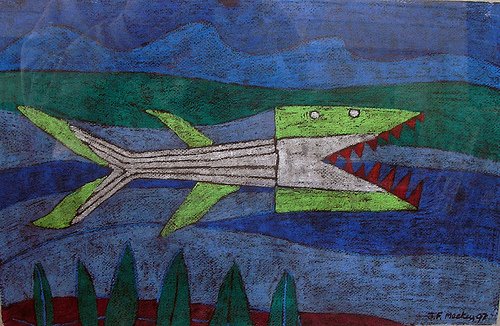Minnetonkascenes
Featuring personal photos of the Lake Minnetonka Area and things of interest to the author.
Tuesday, November 25, 2008
Monday, November 24, 2008
Extreme cooking Tips: A Thanksgiving turkey - for the novice :)
Every year Minnetonkascenes receives thousands* of e-mails on the proper method to cook a turkey for the holidays. Here are a few tips to ensure success.
1. Install a brand new First Alert® Smoke alarm just above the stove. This will reassure your guests and also function as your default “timer”.
2. Thawing the turkey: An unnecessary step. Many chefs will recommend that you to place your frozen bird in the refrigerator for 3 days allowing it to gently thaw and not damage the flesh. Ignore this goody-2-drumsticks advice. YOU will be cooking this bird at 500 degrees, and believe me, it will thaw.
3. Remove the plastic mesh and polypropylene wrap from the turkey before cooking. This is a necessary step. Many yute think that the turkeys actually wear this webbing on the farm and so leaving it on makes for a naturally prepared bird. Not so! This plastic covering has been added by the manufacturer so they do not have to print their logo directly onto the bird. It should be remove just before cooking. Do not omit this step!
4. Remove the neck and giblets from the cavity, they have been hidden there long enough: This is an optional step. Leaving the paper wrapped neck. liver, and gizzard in the cavity may provide structural support and flavor during the cooking process.
5. Basting the bird. Turkeys are naturally quite moist since they spend a good deal of their lives standing in the rain with their mouths open. This makes for a very moist and tender bird. The manufacturer also injects the turkey with extra liquids to insure maximum body weight and juiciosity. Water, salt and fluoride usually comprise this mixture. The addition of fluoride has been suggested by the FDHA, since most people drink bottled water and are short on this vital ingredient.
6. Finally: Presentation: Serve on a large platter with parsley,canned yams and “goblets” of Ocean Spray Cranberry juice.
* Actually none.
Thursday, November 20, 2008
Tuesday, November 18, 2008
Ice in on Minnetonka? An early warning.
Is it Safe? 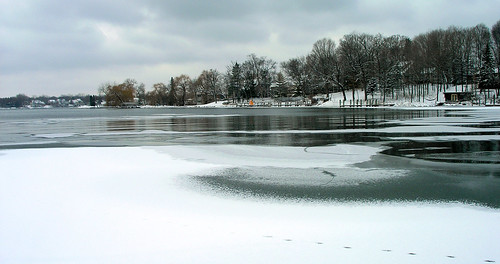
When is the ice "in" on a lake? I observe from the shoreline as ice fishermen and winter sports enthusiasts gingerly test the ice thickness. Can this hold my my weight on a fishing stool? Can I cross country ski to Big Island? Can I drive on the ice with the Cadillac Escallade on cruise control? I must admit I err on the side of caution, but that is just me - with lingering memories of black ice patches in sub zero weather... black ice that turned out to be open water, my foot plunging through an air pocket. So I err on the side of caution, but I will venture out eventually.
From the Minnesota DNR:
Since 1976, almost 200 people have died falling through the ice and a large
portion of them were ice fishermen. The DNR and other public safety agencies
often receive calls from people wanting to know if the ice is "safe" on a
particular lake. Of course, that is a very difficult question for us to
answer, since ice is never 100 percent safe. Even during the coldest winter,
ice conditions can vary greatly on the same body of water.
We recommend folks check with someone who is near the particular lake for
information. Bait shops are a valuable source for ice condition updates,
since they deal with people out on the ice every day who are drilling holes
and checking the thicknesses.
Thursday, November 13, 2008
Tuesday, November 11, 2008
Things discovered while on the road - The Historic Yellowstone Trail
I wandered away from Highway 7 in Minnetrista this year to peruse a new Lakeshore developement project under construction on the west side of Lake Minnetonka in Minnetrista. 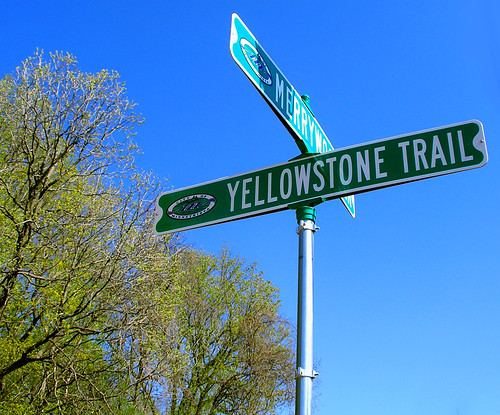
I discovered this new street sign. It's name a remnant of the Historic Yellowstone Trail, the first scenic automotive trail to span the United States circa 1912 - 1930. America had fallen in love with the automobile, and the great Northwest. Teddy Roosevelt had brought national attention to this fledgling National Park (est. 1872) with his adventures and hunting excursions.
http://www.yellowstonetrail.org/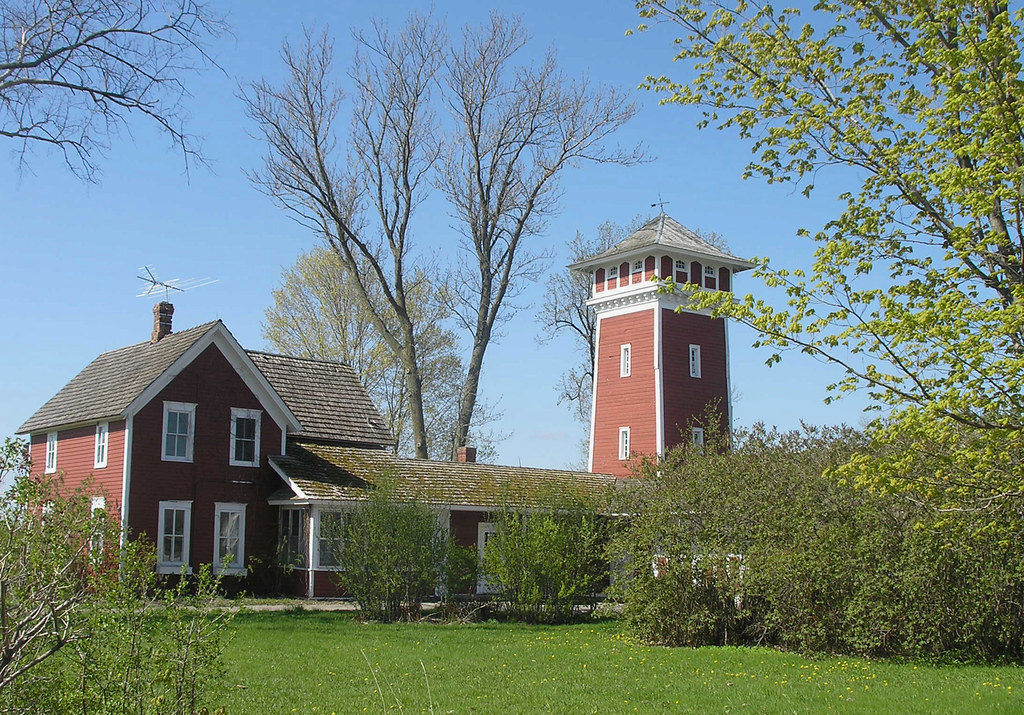
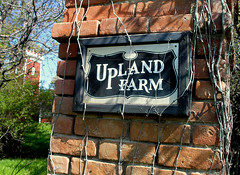
Another historic sign along the trail, the Upland Farm.
This about the trail from the Carver County Historical Society:
by Leanne Brown
In 1912, as the automobile became a more popular and practical mode of transportation, the Yellowstone Trail Association was formed. The purpose of the Yellowstone Trail, also known as the Great Highway of the Northwest, was to provide a sound road for travelers from Minneapolis to Seattle. Eventually, the Trail was extended east to Plymouth, Massachusetts.
The Yellowstone Trail passed through Carver County; specifically, Victoria, Waconia, Young America, and Norwood. The Trail loosely followed the roads that are now Minnewashta Parkway, Highway 5 and Highway 212. Because the Trail used already-existing roads, a system of mapping the Trail was created. At first, stones and telephone poles along the Trail were painted yellow. By 1919, however, metal Yellowstone Trail signs were posted along the route. The background of the sign was yellow and the arrow pointed toward Yellowstone National Park. 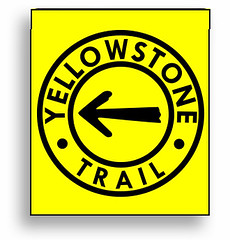 In a Trail brochure, travelers were told that "turns in the road are denoted by removing the arrow from the center of the mark and substituting 'R,' meaning right, and 'L' meaning left, denoting a turn in the direction indicated. Two R's or L's are used for each turn in the country, one being approximately one hundred yards before the turn is made, and the other at the turn."
In a Trail brochure, travelers were told that "turns in the road are denoted by removing the arrow from the center of the mark and substituting 'R,' meaning right, and 'L' meaning left, denoting a turn in the direction indicated. Two R's or L's are used for each turn in the country, one being approximately one hundred yards before the turn is made, and the other at the turn."
